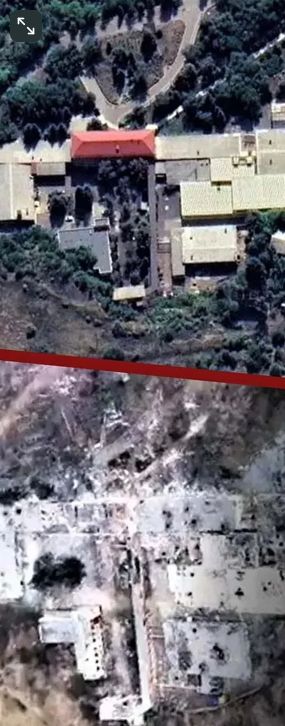A WINERY IN THE SHADOW OF WAR: ARTWINERY
A WINERY IN THE SHADOW OF WAR: ARTWINERY
The power balance between the Soviet Socialist Republics Union and the United States after World War II introduced the world to the era known as the Cold War. Just as today, powers then imposed embargoes to prevent their rivals from gaining strength.

During the post-1917 revolution reconstruction period, the USSR prioritized socialist goals and development policies.
The prevailing approach favored broad access to ordinary products over producing high-quality goods. Wine production was one such sector to bear this policy’s mark.
The vast lands neighboring the Black Sea held regions where winemaking had flourished for thousands of years. Yet, the enforced uniformity left the country producing mostly mediocre wines. On top of that, the opposing side of the Cold War used its trade power to limit Soviet wine exports.
Frustrated by difficulties in accessing quality sparkling wines, Stalin tasked his aides with finding a suitable place and building a facility that could produce fine sparkling wine domestically.
THE NEW WINERY LOCATION: BAKHMUT
Stalin’s era was ruthless and harsh, sending millions to their deaths. Failure to meet orders meant certain doom for those in charge. They fulfilled the mission and found a deserted gypsum mine near Bakhmut, around 80 meters underground and stretching nearly a kilometer. It resembled the chalk cellars of France’s Champagne region.
After the Crimean War during the Ottoman era, vineyards had been planted again in the Crimea, reestablishing a supply of suitable grapes.
The sparkling wine facility, launched in the 1950s, operated for about forty years.
THE UKRAINIAN ERA
With the collapse of the USSR in 1991, the facility came under Ukrainian control. It began marketing products under the Artemivske and Krim brands. In 2007, the cellar and production equipment were modernized under French expert supervision.
In 2014, when Russia annexed Crimea under Putin’s leadership, the winery’s main grape suppliers were cut off. Consequently, grapes began to be sourced from Odessa and neighboring regions.
Then in 2022, with Russia’s full-scale invasion of Ukraine, Bakhmut became a fiercely contested war zone. Rumors circulated that Wagner, one of the war’s main forces led by Yevgeny Prigozhin, was promised the winery as spoils of war. For a time, the winery was spared from attacks but ultimately suffered devastation like the rest of the city.
THE WAR PERIOD
Despite the ongoing conflict, marketing and distributing wine became a daunting challenge. Even as Russian and Wagner forces intensified pressure on Bakhmut, the winery’s small team, under Ukrainian supervision, continued to produce and ship wine in small batches. Some made it as far as the United States and Japan, while others were consumed domestically.
Altogether, about 300,000 bottles were smuggled out of the winery during this time.
In May 2023, Russian forces captured Bakhmut. Prigozhin, who had died in a mysterious helicopter crash months earlier, never got control of the winery.
CURRENT STATUS
Now abandoned, the facility in Bakhmut lies in ruins. Russian troops dismantled and took away as much equipment as possible. However, approximately six million bottles remain aging in the underground cellars.
Gayle Corrigan, the winery’s representative in the US, still holds 1,400 bottles of sparkling wine from the 2013 vintage, produced before the 2014 Crimean annexation. In addition, she has about 15,000 bottles smuggled out during the war, which are being slowly sold. Once these stocks are depleted, many of the winery’s legacy wines risk disappearing into history.
This article draws heavily from a blog by Dave McIntyre. Let’s hope that wars with no winners will someday cease to occupy our lives.

Katerina Monroe
@katerinam • More Posts by Katerina
Congratulations on the award, it's well deserved! You guys definitely know what you're doing. Looking forward to my next visit to the winery!





















